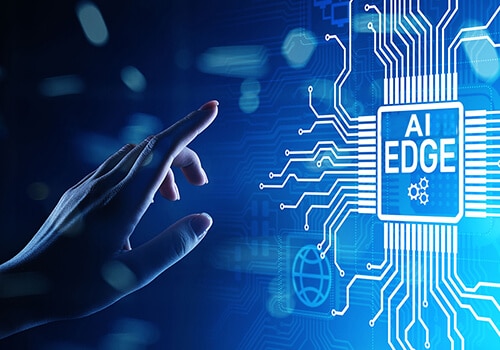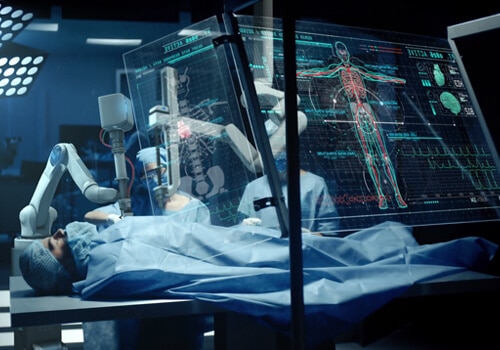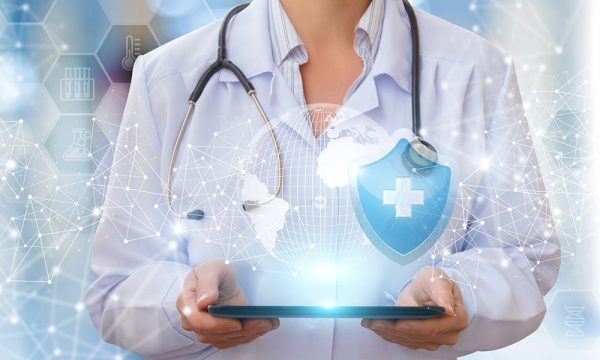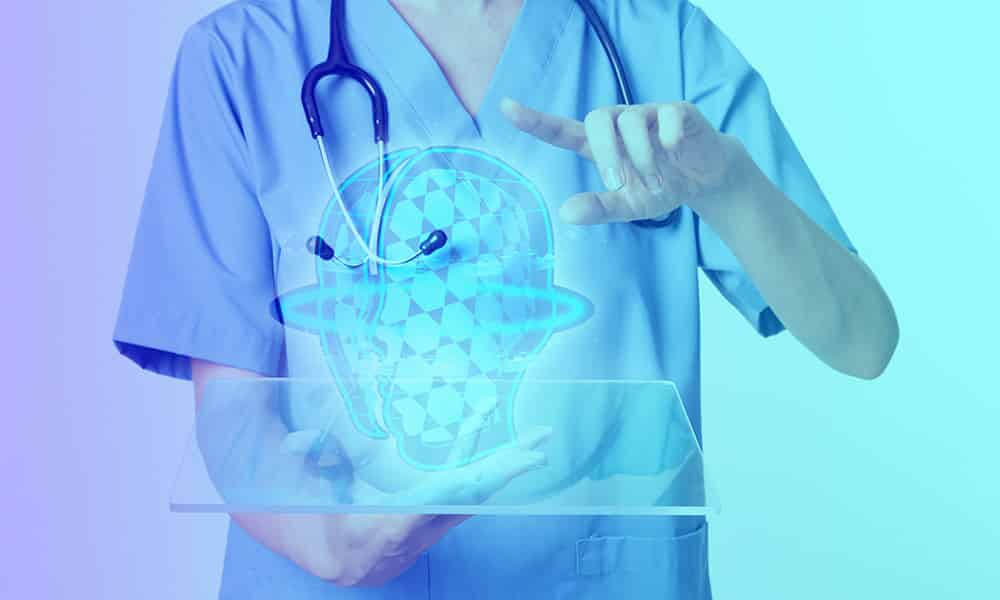The Internet of Things (IoT) is expanding fast, and the amount of data generated by connected devices is growing exponentially every day. While it might be impossible to comprehend just how much data is being created by the world’s smartphones, sensors, and other electronics, if your work involves artificial intelligence, it’s not hard to spot the opportunities on the horizon.
The growing prevalence of edge devices — essentially any device that has a direct connection to the internet — along with the relatively recent emergence of 5G networks has created new use cases for AI that could transform entire industries. Healthcare organizations, in particular, stand to benefit from this trend convergence in a variety of exciting ways. Before exploring some of the ways these technologies could impact healthcare, let’s talk about why recent advances are so compelling to AI developers.
What Is AI at the Edge?
Edge computing is the practice of positioning servers close to where data is being created. By capturing, storing, and analyzing data in the vicinity of the IoT device creating it (rather than sending it to the central cloud), companies can process data faster using less bandwidth. As a result, not only do their applications work faster, but they’re also able to reduce the costs of processing data for lots of applications being used simultaneously.

Especially intriguing is the idea of training AI models at the edge — after all, that’s where the data they need is being created. Unfortunately, the conditions needed to sufficiently train sophisticated machine learning algorithms can only be found in centralized warehouses for now. However, a handful of companies are working on this problem, and recent breakthroughs by IBM suggest that model training at the edge might soon be within reach.
As the IoT continues to drive investment in edge computing and AI, new possibilities will begin to emerge. Here’s what the future of AI in healthcare could look like:
Enhanced security and privacy.
Complex privacy regulations represent a formidable barrier to product teams hoping to bring innovation to the healthcare industry. Healthcare organizations can’t adopt new technologies unless they comply with HIPAA and other industry guidelines, and new data privacy legislation like Europe’s GDPR and California’s CCPA are adding to the complexity. However, data at the edge remains with the user because it’s processed locally rather than in the cloud. The massive burden of compliance becomes significantly lighter if IoT applications can function without the need to collect and store all that sensitive patient data.
Reduced latency.
When it comes to many healthcare applications, latency must be absolutely minimal. Take, for example, the sensors powering wearable heart monitors or connected hospital wristbands. These devices collect patient data and transmit it to the cloud, allowing care providers to track patient health remotely. A slowdown in data processing could prevent them from detecting a sudden change in a patient’s heart rate or blood pressure in time to respond to a life-threatening emergency. As consumer demand for health-related wearables grows, so too will the need to ensure real-time data processing.
Robot caregivers.
No, machines won’t be replacing your family physician anytime soon. But new developments in robotics and AI have ushered in Industry 4.0, and physical IoT devices like AI-powered voice assistantswill undoubtedly play a larger role in patient experiences moving forward. Rather than supplanting human healthcare workers, these devices will help doctors, nurses, and administrative staff make better use of patient data, leading to more and higher-quality time with patients (whether in person or via telemedicine).

In healthcare and other industries, organizations are becoming increasingly aware of the limitations of the cloud. Just don’t expect it to disappear. Cloud-based solutions will continue to dominate the market for healthcare technologies because of their superior scalability and ease of development in comparison to IoT devices. However, as the IoT matures, AI-powered devices will play an expanding role in keeping us healthy.
At Shaip, we’re excited to help companies seize the opportunities presented by these converging trends. That’s why we offer a number of services specifically for teams building AI into IoT devices. Our staff is composed of professionals with deep expertise in the development of IoT-driven solutions, and our people are at the heart of our offering. Additionally, we give IoT product teams access to more than 7,000 trained collaborators who can provide the data you need in order to develop scalable IoT solutions at the edge.
To learn more about what we offer, explore our website or get in touch.







